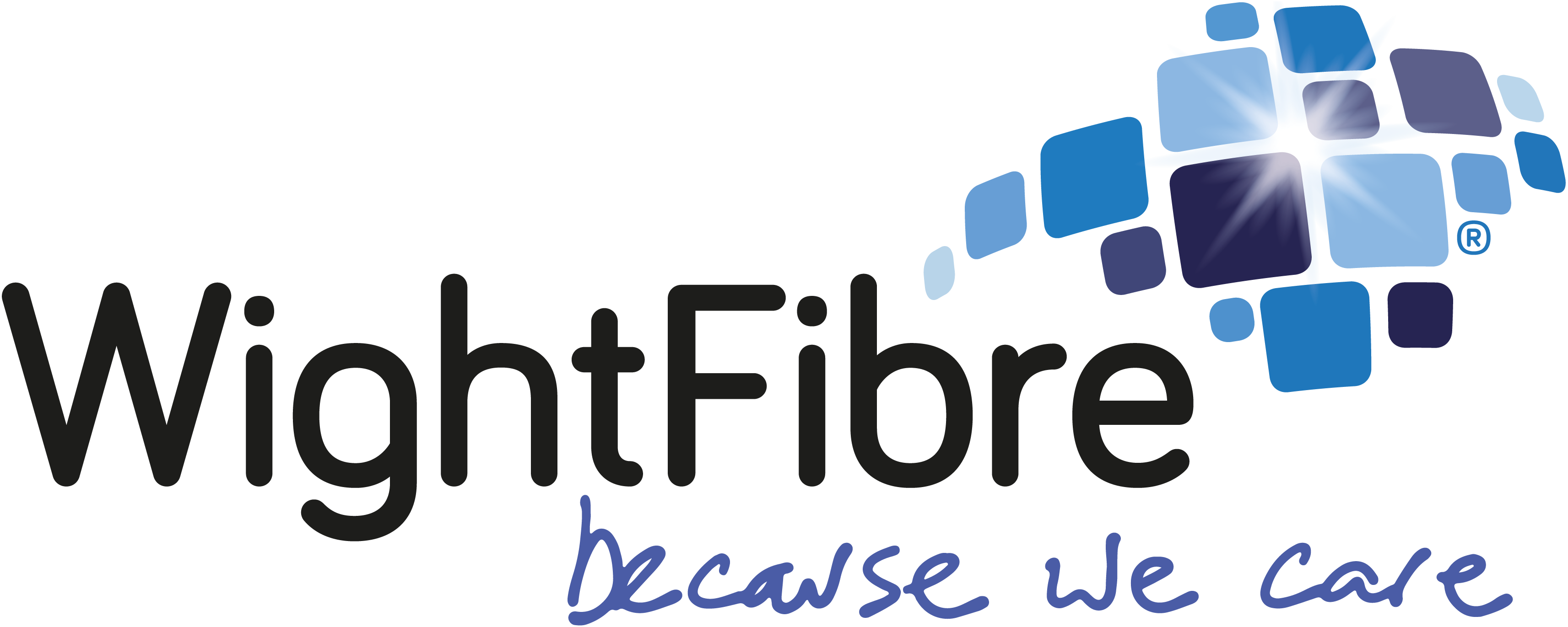
WightFibre, the leading broadband provider on the Isle of Wight, has been awarded the highly coveted Investors in People
(IIP) Gold accreditation, an achievement earned by only a select number of organisations. The Gold award serves as independent validation that
WightFibre is a great place to work, recognising not just the policies in place but the commitment of everyone, from the CEO to apprentices, and bringing those values to life.

Investors in People highlight that ‘the success of any organisation begins and ends with its people. By making work better for everyone, we make work better for every organisation, and in turn, we make society stronger, healthier, and happier’.
WightFibre is currently undertaking a £110 million investment to deliver full-fibre broadband across the Island, with the project already providing access to over 72,000 properties and targeting more than 80,000 homes and businesses upon completion.
Paul Devoy, CEO of Investors in People, praised the company’s achievement. “We’d like to congratulate WightFibre. Achieving Gold accreditation in We invest in people is a remarkable effort for any organisation and places WightFibre among a host of companies that truly understand the value of their people.” Investors in People found that WightFibre has one single value: ‘Because We Care’. This value is at the core of everything they do and is branded across the organisation, and there is robust evidence that WightFibre truly cares for its people through the employee benefits package it offers.
Commenting on the accreditation, WightFibre CEO John Irvine said: “WightFibre’s company ethos is ‘because we care’; we care about our customers, our people, and the Island community we serve. WightFibre invests in its people through ongoing training to achieve qualifications and industry accreditations, providing competitive salaries and benefits, and fostering an enjoyable team working environment. We aim to make WightFibre a great place to work and ensure that work is enjoyable and rewarding. The Investors in People Gold accreditation is external validation that WightFibre is, indeed, a great place to work.”



